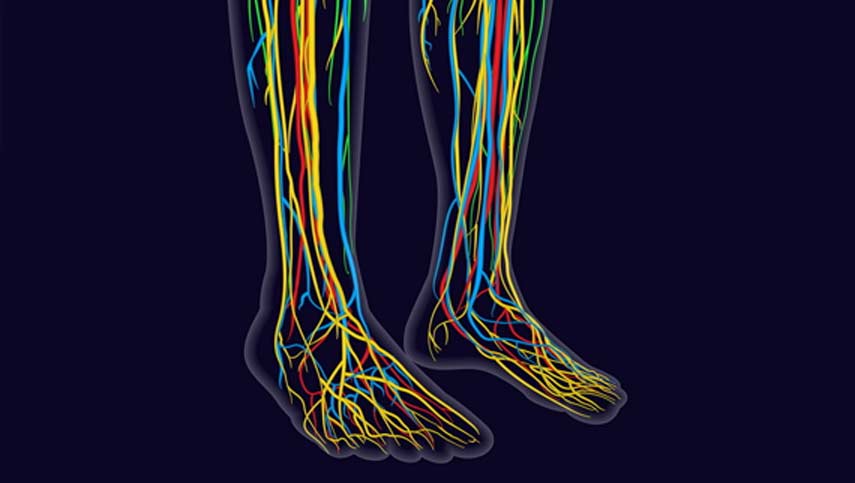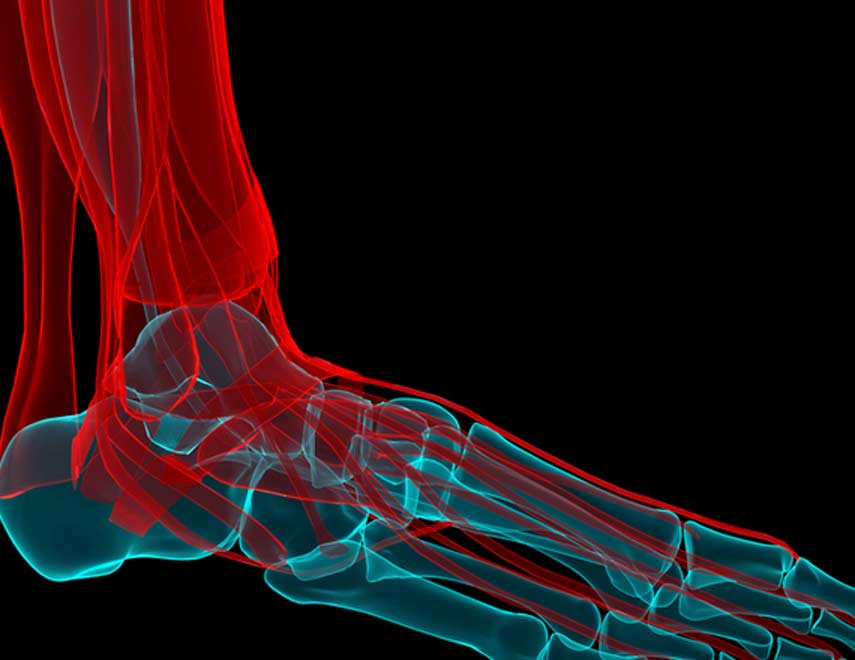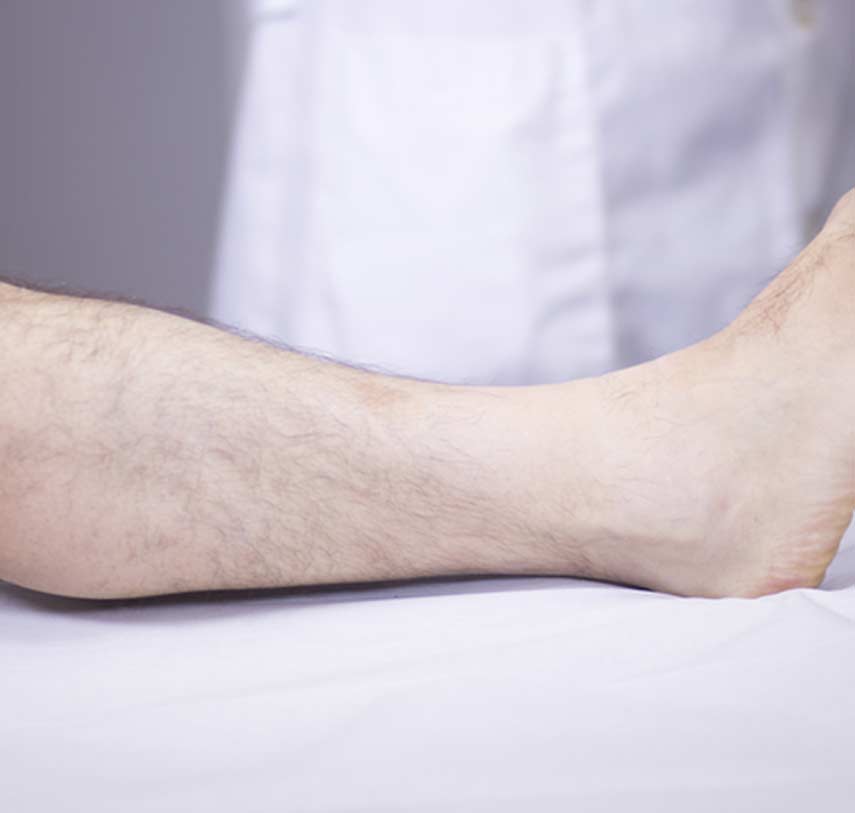
Peripheral nerve injury refers to damage to the nerves within the peripheral nervous system.
The peripheral nervous system includes all portions of the nervous system outside of your brain and spinal cord, which make up the central nervous system. This portion of the nervous system is responsible for communicating information to and receiving information from the central nervous system. In other words, it can send signals interpreting pain or sensory information to the brain through a network of cells that relay information.
These nerves can become damaged through either physical injury or deterioration from certain diseases. This damage can be referred to as either peripheral nerve injury or peripheral neuropathy. This kind of nerve damage is often the result of diabetes and a number of neurodegenerative conditions.
The nerve damage can range from mild to complete severance of the nerve and it can include damage to the axon of the neuron, the insulating sheath around it or both. If the damage is mild, then it is likely that the cells will repair themselves with time. In the cases of mild damage, the most common symptom is a tingling sensation in a limb. In cases with more extensive damage, the patient can lose control of or feeling of a limb.


Deciding If Surgery Is Right For You?
The first step when determining the proper course of treatment will be to confirm the diagnosis. Since nerves can take several weeks to visually reflect damage, some of the tests won’t be performed until months after the initial damage occurs. It is likely that the physician will begin with a neurological examination to determine the extent and location of the damage. Then they will order imaging tests, such as MRI or CT scans that can help them confirm the location and extent of the damage.
If these initial examinations indicate that peripheral nerve injury is a likely diagnosis, the physician will probably want to run an EMG and nerve conduction study. EMG, or electromyography, is a test that involves the insertion of a small needle into a muscle to record muscle activity. In this test, less activity can indicate nerve damage. Nerve conduction studies are performed by placing electrodes at different points on the body to determine if the electrical signal is transferring to the nerve, which can help identify nerve compression.
Once the diagnosis is made, the physician will determine the extent of the damage to the nerve. If the nerve will heal on its own, the physician probably will not recommend surgery. However, if the nerve is severed or functionality of an area is lost, surgery is the only option for repair.
How Is The Surgery Performed?
This surgery is almost always performed under general anesthesia, but whether it will be on an outpatient or inpatient basis will depend on the specific circumstances. Generally, peripheral nerve injury surgery can be performed through a small incision. The surgeon will begin by removing the nerves that are too damaged to heal on their own. Then, they will either connect the surrounding nerves together so that they can communicate, or they may graft nerves in from another area.

